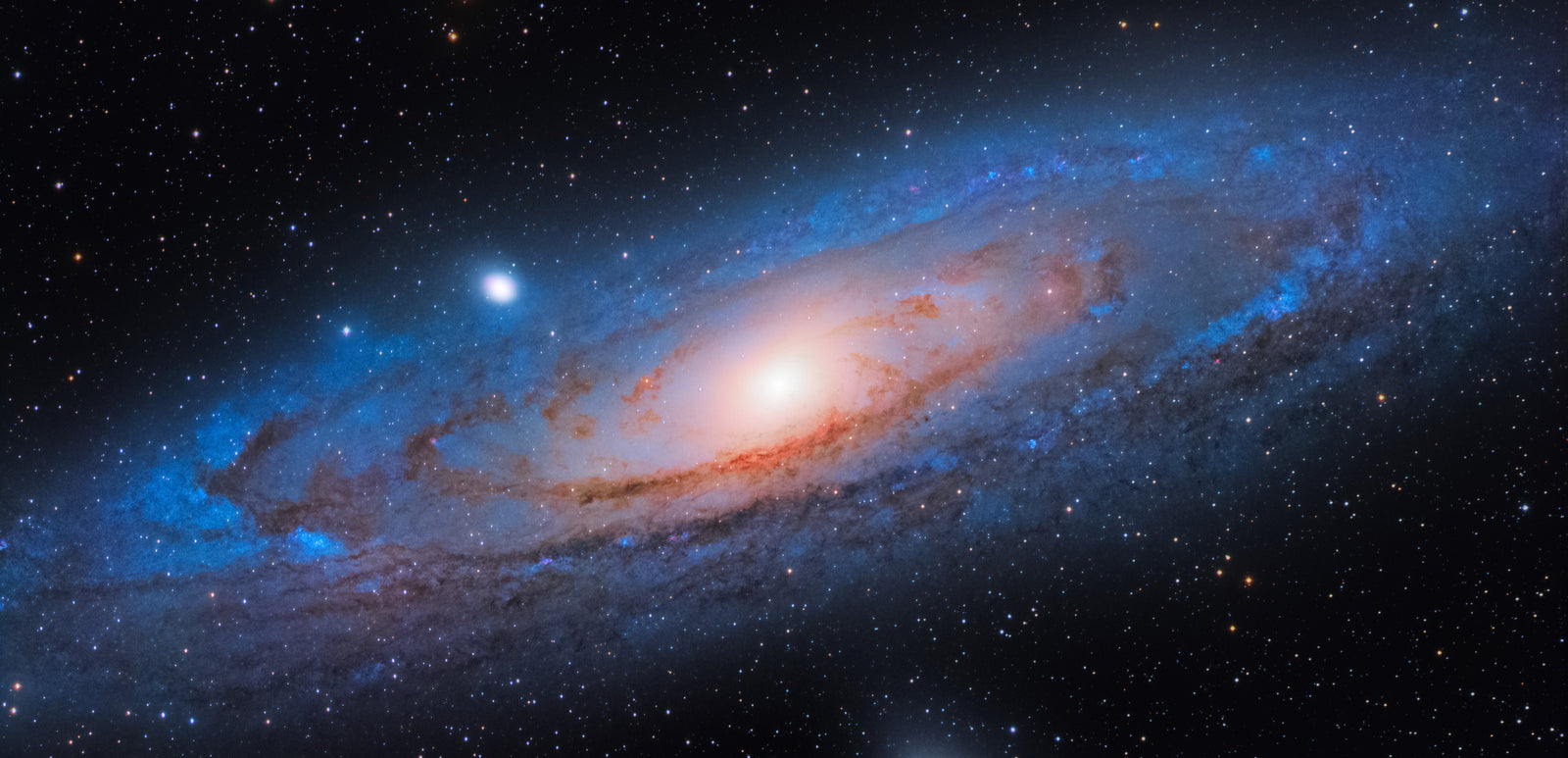Color vs. Monochrome cameras for astronomy, which is better?
While there are a lot of pros and cons to which is better, one of the biggest benefits monochrome cameras offer is their ability to capture pure data providing more detailed images when compared to color cameras. This in turn means higher resolution and increased apparent sharpness from a monochrome camera.
Color cameras, on the other hand, can produce color images right out of the box, and do not require expensive filter sets and filter wheels to do so. They will have slightly lower resolution and light-gathering ability, but can still produce stunning astrophotography images.
For this reason, if you're a beginner or have a lower budget, we recommend going with a color astronomy camera. If you're more advanced with deep sky imaging and have a higher budget, go with a monochrome camera with a filter wheel and filters.
What kind of pictures can I take with cooled color astronomy cameras?
Cooled astronomy cameras, whether they're color or monochrome, are excellent for capturing deep sky objects beyond our solar system. This includes galaxies, nebulae, star clusters, and much more. If your primary goal is to take pictures of planets and other objects within the solar system like the sun, moon, or satellites, you should look into ZWO's collection of planetary cameras instead.
Can I use narrowband filters on a cooled color camera?
You can use narrowband filters on a color camera, but you will only gather data of that particular color. For example, if you put a hydrogen alpha filter on a color camera, then your resulting image will only be red. Thankfully, new filter technology has allowed for the creation of multi-narrowband filters like the Radian Triad & Triad Ultra. These filters allow multiple narrowband emission lines to pass through at once, so you can capture narrowband targets with only one filter, unlike monochrome cameras.










